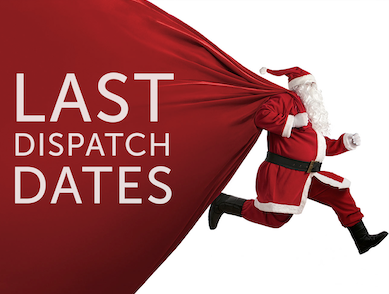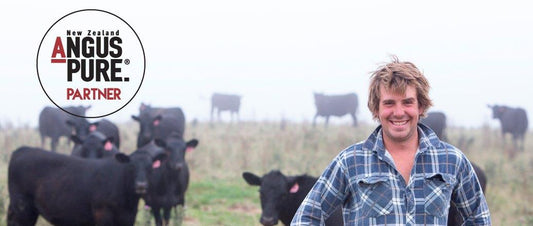
ANGUS BREEDER PROFILE - WHANGARA ANGUS, GISBORNE
Although most know Lane Bros. Whangara Angus as Patrick Lane’s Angus stud, farm manager Robbie Kirkpatrick pours just as much of his heart and soul into the commercial herd, which is run separately to the stud herd.
For years, the 220 head commercial herd had been put to spare bulls without too much attention being paid to data collection or bull selection. This all changed as profitability was realised and technology developed.
“The stud herd is breeding bulls that will generate profitability for our clients and the commercial herd is now generating progeny that will grow big, finish quickly and generate a separate income stream. We’re basically replicating the model of success we want for our clients, but on farm here at Whangara,” says Robbie.
Last year fifty of the commercial cows were AIed with American genetics, a process that Patrick has been following in the stud herd for many years.
“AI was implemented in the commercial herd because it means we can make improvements and get the results faster. Grabbing a spare bull that hadn’t sold in the sale wasn’t getting top quality carcass traits into the herd fast enough, but with AI we can do that.”
Carcass data is their core focus, the foremost being IMF followed closely by carcass weight.
Patrick believes that American genetics are the best in the world for carcass data. Robbie plays a part in the selection process, often sitting up half the night on his computer researching bulls with the right carcass data.
Single trait selection may get results faster, however it has downfalls if you don’t also factor in phenotype and other EBVs.
“We focus on EMA, IMF, AP Index, the whole eating experience, and we don’t compromise on phenotype,” says Robbie.
He is very aware that once AngusPure’s IMF rewards programme gets on its feet – and he feels confident that it will – those who have put the effort into carcass quality will be rewarded. “From conception to consumption takes three years, so it’s a slow process to collect the data. Therefore, the sooner we can get started the better.”
In keeping with AngusPure’s reward programs, AngusPure Source & Trace tags are put in the ears of every calf born. Robbie sees these as a stamp of approval; an Angus passport to prove the origin and integrity of the animal.
Robbie’s wife Kristin has a lot more to do with the administration and marketing that she’d planned when the couple moved to Whangara with their children seven years ago, but says she soon realised that she couldn’t not get involved, as Robbie lives and breathes Angus. She too, is now heavily invested in the Angus brand.
“AngusPure has marketed itself incredibly well in comparison to other beef breed brands. We want to show our integrity and stand behind our product. The Source & Trace tags prove where the cattle have come from and remove any doubt that they’re not authentic Angus cattle. As a farmer, I feel you’d be mad not to capitalise on that brand power and on the premiums paid,” says Kristin.
Carcass quality and consistency throughout the herd is paramount in order to achieve a consistent eating quality for the beef eating consumer. “Where we’ve focussed on specific carcass traits in the stud herd we can already see the results in the weaner calves coming in this year. Calves by Black Pearl and Intensity have more muscle through their backs, which makes it hard to argue against the data,” says Kristin.
All bull calves in the commercial herd are steered. The top twenty are kept and finished on-farm before being sold into the AngusPure programme. The rest are sold as weaners by private sale, and are in high demand.
Profitability and future proofing the operation are seen as key factors as Whangara pushes its way to the front of the carcass data pack.
They know that the figures don’t lie, and that it’s only a matter of time before Angus beef growers are rewarded on quality rather than quantity. Robbie and Kristin are keen to stick around and watch as the progeny from recent bull selections hit the ground, and then to follow them through the supply chain.
“Every time Patrick brings back a bull that I wanted, I’m here for another three years to get those results,” says Robbie. Which makes it look like they just might be there to stay.



